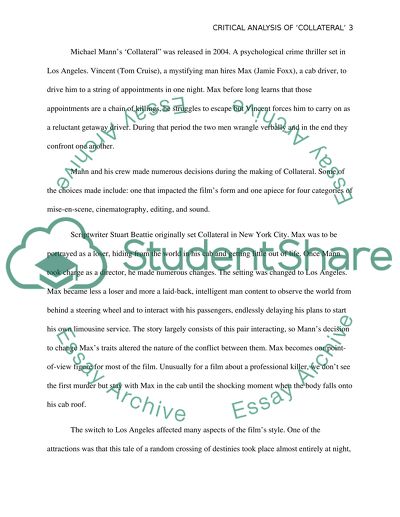Cite this document
(“Making of Collateral Essay Example | Topics and Well Written Essays - 1250 words”, n.d.)
Making of Collateral Essay Example | Topics and Well Written Essays - 1250 words. Retrieved from https://studentshare.org/visual-arts-film-studies/1463048-making-of-collateral
Making of Collateral Essay Example | Topics and Well Written Essays - 1250 words. Retrieved from https://studentshare.org/visual-arts-film-studies/1463048-making-of-collateral
(Making of Collateral Essay Example | Topics and Well Written Essays - 1250 Words)
Making of Collateral Essay Example | Topics and Well Written Essays - 1250 Words. https://studentshare.org/visual-arts-film-studies/1463048-making-of-collateral.
Making of Collateral Essay Example | Topics and Well Written Essays - 1250 Words. https://studentshare.org/visual-arts-film-studies/1463048-making-of-collateral.
“Making of Collateral Essay Example | Topics and Well Written Essays - 1250 Words”, n.d. https://studentshare.org/visual-arts-film-studies/1463048-making-of-collateral.


